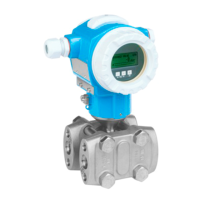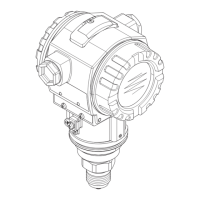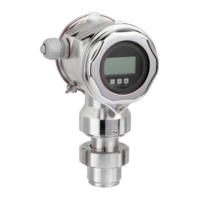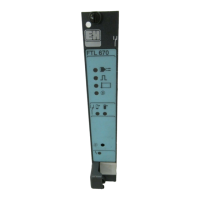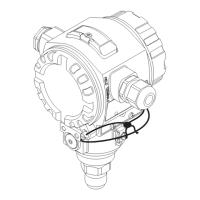Smartec S CLD134 Commissioning
Endress+Hauser 39
6.4.2 Setup 2 (temperature)
The temperature compensation only needs to be performed in the conductivity mode (selection in
field A1).
The temperature coefficient specifies the change in conductivity per degree of temperature change.
It depends on the chemical composition of the medium and the temperature itself.
In order to compensate for this dependence, three different compensation types can be selected in
the Smartec S:
Temperature compensation with table
When using the alpha table function for temperature compensation, the following conductivity data
of the process medium to be measured are required:
Value pairs of temperature T and conductivity
κ with:
•
κ(T
0
) for the reference temperature T
0
• κ(T) for temperatures which occur in the process
Linear temperature compensation
The change between two temperature points is
considered to be constant, i.e.
α =const. The
α value can be edited for the linear
compensation type. The reference temperature is
25 °C / 77 °F.
C07-CLD132xx-05-06-00-xx-009.eps
Fig. 34: Linear temperature compensation
* uncompensated conductivity
NaCl compensation
The NaCl compensation (according to IEC
60746) is based on a fixed nonlinear curve that
defines the relationship between the temperature
coefficient and the temperature. This curve is
used for lower concentrations of up to approx.
5% NaCl.
C07-CLD132xx-05-06-00-xx-010.eps
Fig. 35: NaCl compensation
0
48
96
144
2,1
2,3
2,5
2,7
T [°C]
a [%/K]
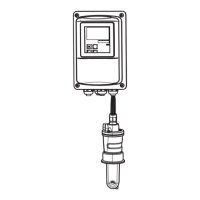
